The Magic of Soft Plush Toys: A Comforting Companion for Kids
Why Soft Plush Toys Are a Timeless Favorite
Sensory Comfort: The Role of Texture and Softness
Soft plush toys are a favorite for many due to their comforting texture that provides a soothing effect, especially for children, and contributes to emotional well-being. According to studies, tactile interaction with soft toys during early childhood can help reduce anxiety and promote a sense of security. These sensory benefits are often derived from the plush material's innate softness, which mimics the comforting feeling found in popular stuffed animals and plush pillows. Exploring different textures during playtime can also stimulate a child’s sense of touch, aiding in the development of motor skills and cognitive growth. Furthermore, research indicates that children who engage in sensory play with toys like plush creatures often reach developmental milestones more quickly, emphasizing the importance of tactile comfort in toys.
Safety and Durability for Little Hands
Safety is a primary concern for parents when selecting toys, making plush toys a smart choice due to their non-toxic materials and adherence to rigorous safety standards. Plush toys designed for children often undergo thorough testing to ensure they meet safety requirements, ensuring that they are free from harmful chemicals and pose no choking hazards. Beyond safety, plush toys are also noted for their durability. Despite being subjected to rough play, these toys withstand wear and tear, making them a reliable, long-lasting option. Child safety experts frequently recommend routine inspections of children’s toys to ensure they remain safe for use, and plush toys often stand up to these inspections due to their sturdy construction, which assures parents of a safe and dependable play object for their child.
Engaging Multiple Senses Through Design
Plush toys can engage more than just the sense of touch; they are often designed to engage sight, sound, and touch, creating a multi-sensory experience. Many modern stuffed animals incorporate sounds or interactive elements, like squeakers or crinkle fabrics, to enhance play and stimulate different senses. This multi-sensory approach has been shown to support child development and learning by encouraging exploration and creativity. Research highlights that multi-sensory play contributes to better cognitive growth, enhancing problem-solving skills and emotional intelligence. For instance, toys featuring sound mechanisms aid auditory development, while vibrant colors support visual engagement, making these toys not only fun but also enriching for a child's development.
Popular Types of Soft Plush Toys for Kids
Classic Teddy Bears: A Universal Favorite
Teddy bears have stood the test of time as childhood icons and symbols of comfort, providing solace across generations. Their significance began over a century ago, evolving from simple designs to an array of sizes and styles that cater to various preferences. Today, teddy bears are available in countless variations, each offering unique features such as soft fur, movable limbs, and even customizable costumes. According to toy market statistics, teddy bears consistently dominate sales, showcasing their unwavering popularity among kids. These cuddly companions are more than just toys; they are timeless treasures that offer reassuring comfort, making them a staple in children's lives.
Bunnies and Puppies: Lifelike Companions
Plush bunnies and puppies serve as affectionate companions by enhancing emotional bonds, offering children the joy of nurturing play with lifelike characters. Their realism, achieved through skilled crafting, allows these plush toys to mimic the traits of real pets, encouraging caretaking behavior and fostering empathy. For example, their soft, fluffy texture and endearing expressions resemble actual animals, creating a nurturing environment that aids emotional development. Experts often commend lifelike stuffed animals for instilling a sense of responsibility and comfort, providing children with a gentle introduction to the world of pet care and companionship.
Whimsical Creatures: Sparking Imagination
Whimsical plush toys, such as unicorns or dragons, are vital in igniting creativity and imaginative play among children. These enchanting creatures, adorned with vibrant colors and intricate details, invite endless storytelling and role-play scenarios. As children engage with these unique designs, they journey into fantastical worlds where creativity thrives and developmental milestones are reached. Child development specialists advocate the importance of imaginative play, emphasizing its role in cognitive growth and language skills. Through whimsical plush toys, children explore their creative minds, dream up adventures, and learn valuable life lessons in the process.
Emotional and Developmental Benefits of Plush Companions
Comfort and Security in Stressful Moments
Plush toys serve as emotional anchors for children during stressful moments, providing them with a sense of comfort and security. Whether facing school anxieties or recovering from an illness, these soft companions can make all the difference. Psychological studies indicate that comfort items, such as stuffed animals, positively impact children's emotional health by offering stability in unfamiliar environments. Experts suggest that plush companions can also help young children develop coping strategies. By holding onto their plush toy, kids might find solace in situations that typically cause distress, fostering resilience and a sense of control.
Encouraging Role-Play and Social Skills
Plush toys are more than just cuddly companions; they are tools that stimulate role-play, fostering social interaction and communication skills. Engaging in pretend play with stuffed animals allows children to experiment with social roles and narratives, aiding their socialization. Developmental theories emphasize the importance of pretend play as it enables kids to practice real-world skills safely. For example, a child may use a plush puppy to practice interacting gently with animals, thus reinforcing empathy and communication. Such experiences provide educational value, helping build their social confidence.
Supporting Cognitive Growth Through Play
Playing with plush toys offers significant cognitive benefits, such as enhancing problem-solving and imaginative thinking skills. Research has linked playtime with improved cognitive development in early childhood, highlighting the role of toys in interactive learning. For instance, plush toys featuring interactive elements might encourage a child to explore different scenarios, leading to the development of problem-solving skills. These toys engage children's minds, prompting them to imagine and construct their worlds. Through these imaginative activities, children not only have fun but also foster vital cognitive growth.
Choosing the Perfect Soft Plush Toy for Your Child
Safety Tips: Avoiding Choking Hazards
Selecting the right plush toys for young children requires careful attention to safety. Key safety guidelines include opting for larger stuffed animals to prevent choking hazards, ensuring that toys have tightly sewn seams, and avoiding features such as button eyes or small detachable parts. According to the Consumer Product Safety Commission, toy-related accidents, including choking, are unfortunately common among children. The commission regulates toy safety to minimize risks, underscoring the critical importance of choosing plush toys that meet current safety standards. By adhering to these guidelines, parents can provide a safe play environment for their kids.
Material Matters: Hypoallergenic and Washable Options
For parents of children with allergies or sensitive skin, hypoallergenic materials are paramount when choosing plush toys. These materials help to prevent allergic reactions and skin irritation. Furthermore, washable plush toys offer convenience and hygiene, allowing parents to easily clean and maintain the toys' condition. Studies indicate that parents overwhelmingly prefer toys made from materials that are safe, durable, and easy to clean. This aligns with consumer preferences for practicality and safety, making hypoallergenic and washable plush toys a top choice for families.
Age-Appropriate Designs for Lasting Value
Choosing age-appropriate designs in plush toys can significantly enhance the play experience and ensure both safety and developmental appropriateness. Toys that are tailor-made for different developmental stages offer value by growing alongside a child, providing enjoyment and educational benefits as they evolve. Expert insights suggest that toys should cater to the developmental milestones of a child, supporting their growth in various stages with engaging, safe, and versatile play options. This adaptability not only prolongs the lifecycle of a toy but also ensures it remains an enriching part of a child's playtime.
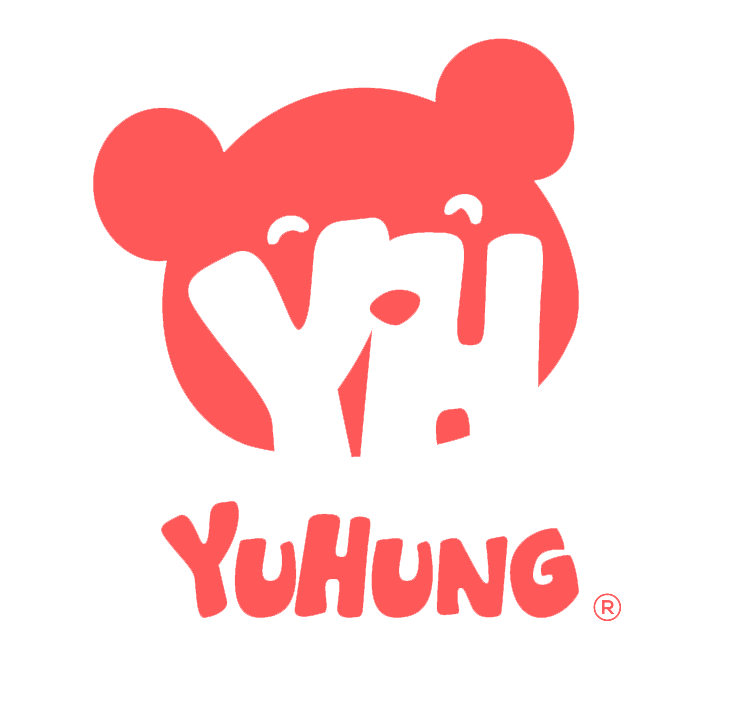
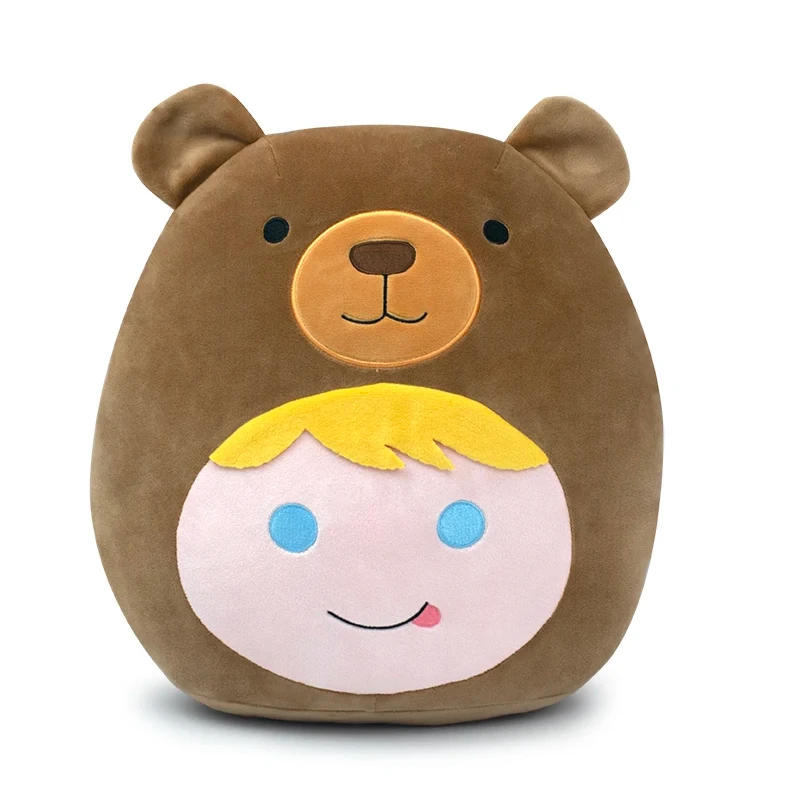
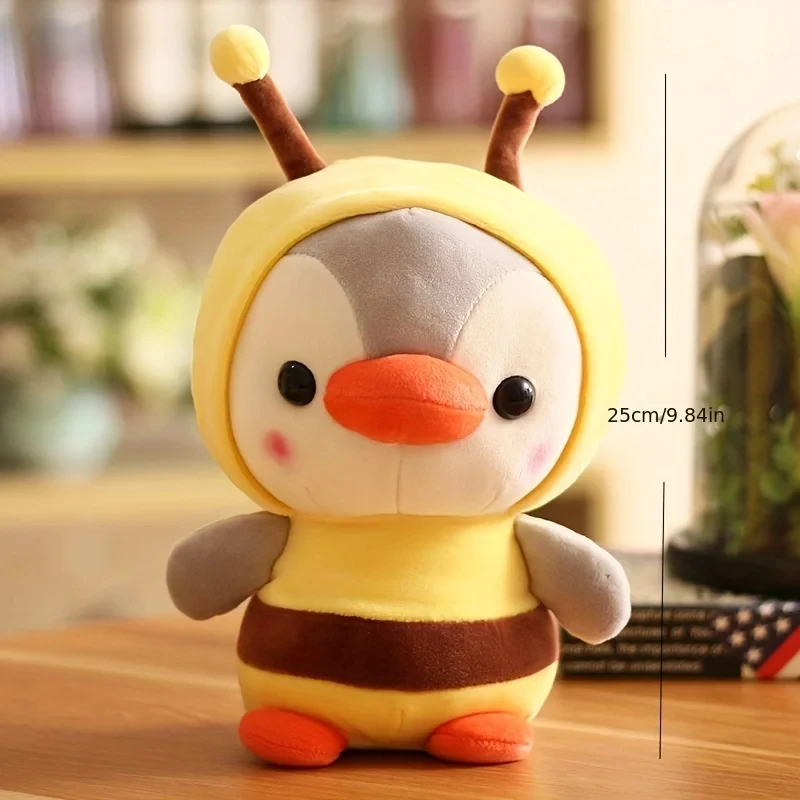
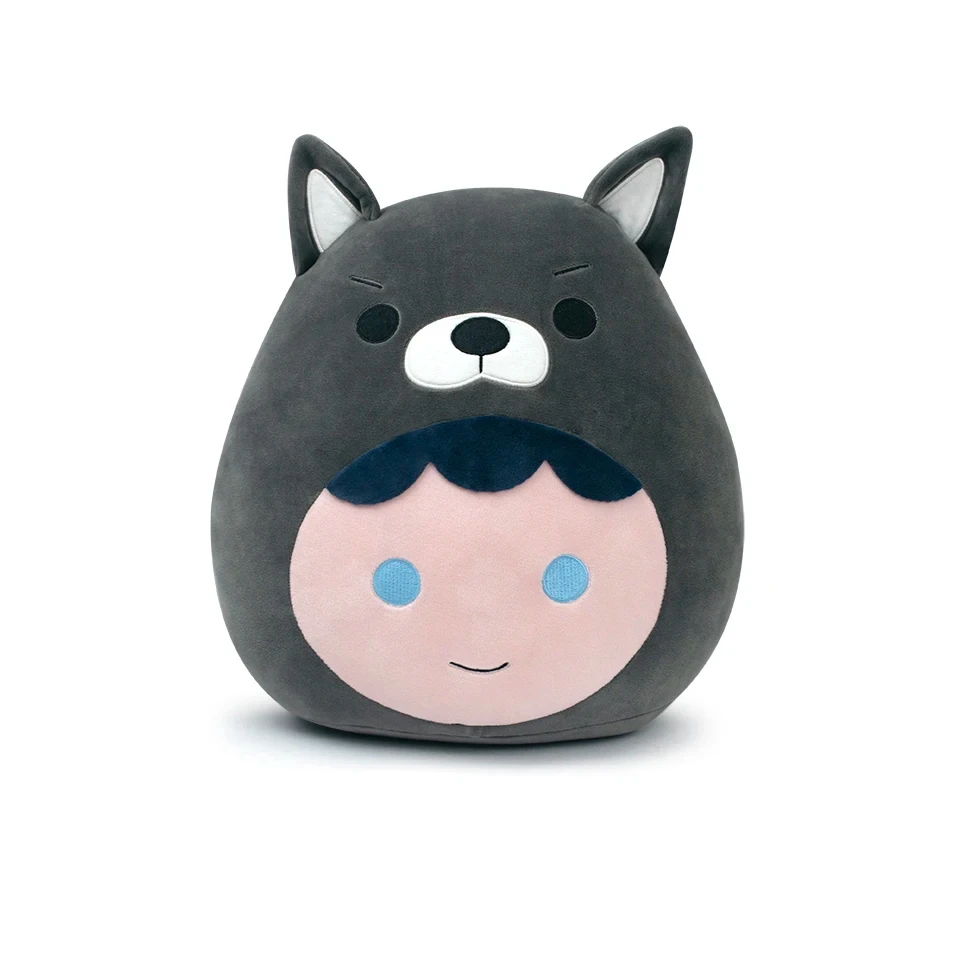
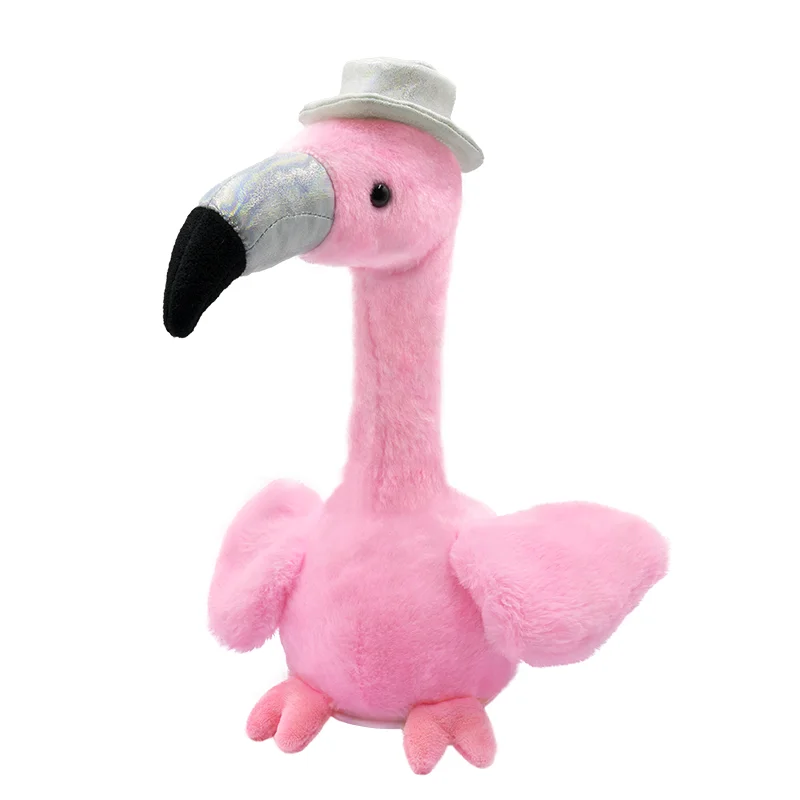
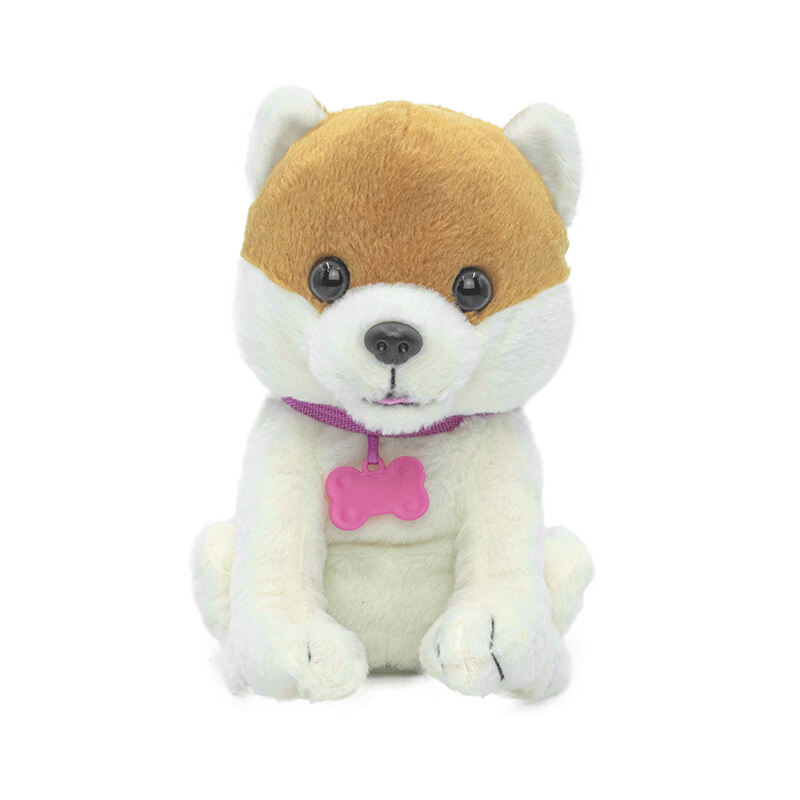
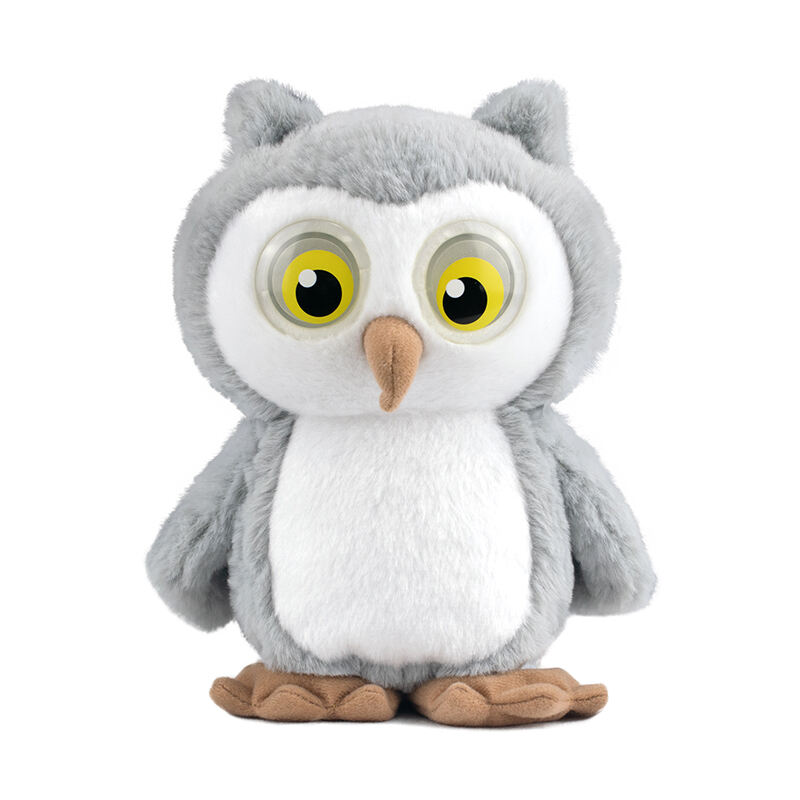
 Hot News
Hot News